As concerns about air pollution and climate change continue to grow, vehicle emissions have come under increasing scrutiny. With transportation accounting for a significant portion of global greenhouse gas emissions, it’s clear that addressing this issue is crucial for building a more sustainable future. While regular vehicle maintenance and eco-friendly driving habits can help reduce emissions, sometimes more targeted repairs are necessary to keep your vehicle running cleanly and efficiently. In this article, we’ll explore expert emission repair strategies that can help you clear the air and promote a greener transportation system.
Understanding Vehicle Emission Systems
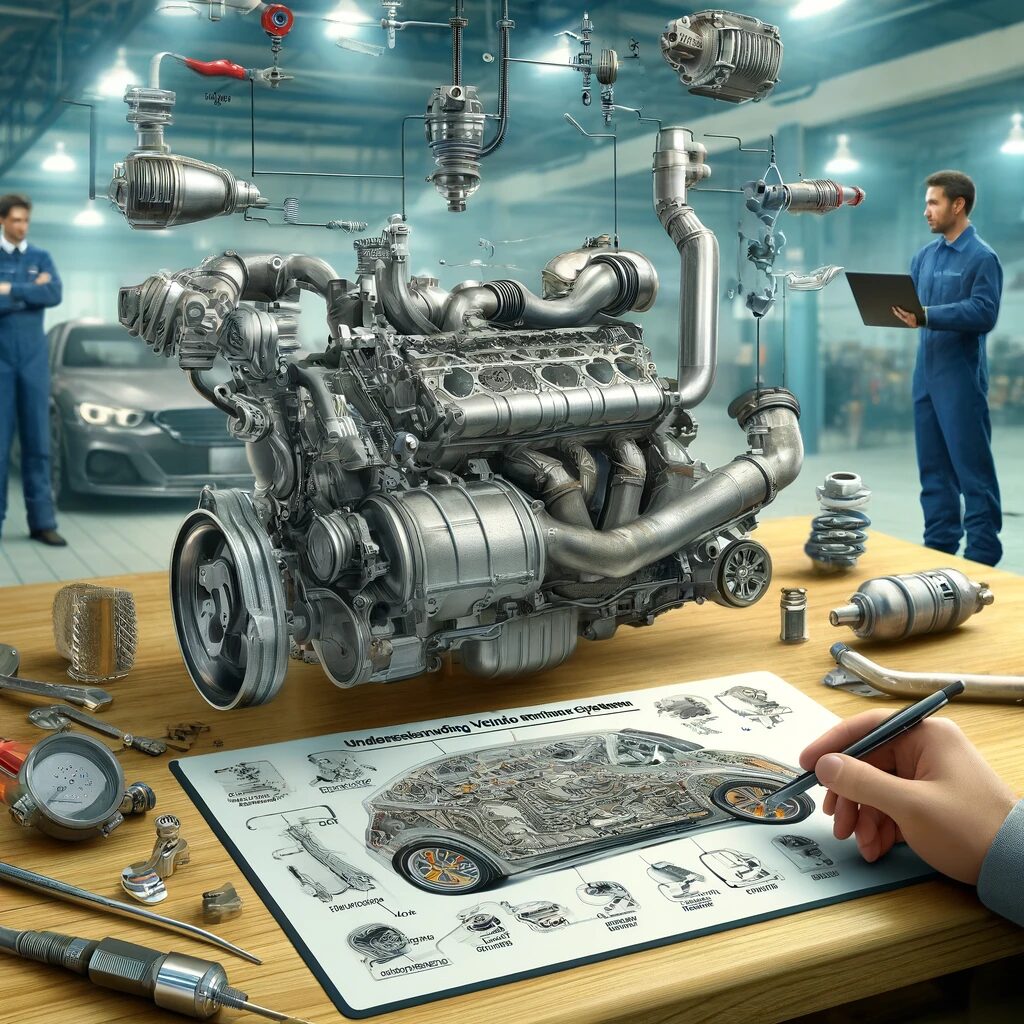
It’s important to have a basic understanding of how vehicle emission systems work. Modern vehicles are equipped with a range of components designed to reduce harmful emissions, including:
-
Catalytic converter:
This device converts toxic pollutants in exhaust gas, such as carbon monoxide and hydrocarbons, into less harmful substances like carbon dioxide and water vapor.
-
Exhaust gas recirculation (EGR) system:
The EGR system recirculates a portion of the exhaust gas back into the engine, reducing the formation of nitrogen oxides (NOx) during combustion.
-
Positive crankcase ventilation (PCV) system:
The PCV system prevents the buildup of harmful gases in the engine crankcase by redirecting them back into the combustion chamber.
-
Evaporative emission control (EVAP) system:
The EVAP system captures fuel vapors from the fuel tank and prevents them from escaping into the atmosphere.
When these components malfunction, they can lead to increased emissions and reduced vehicle performance, making timely repairs essential.
Diagnosing Emission System Problems
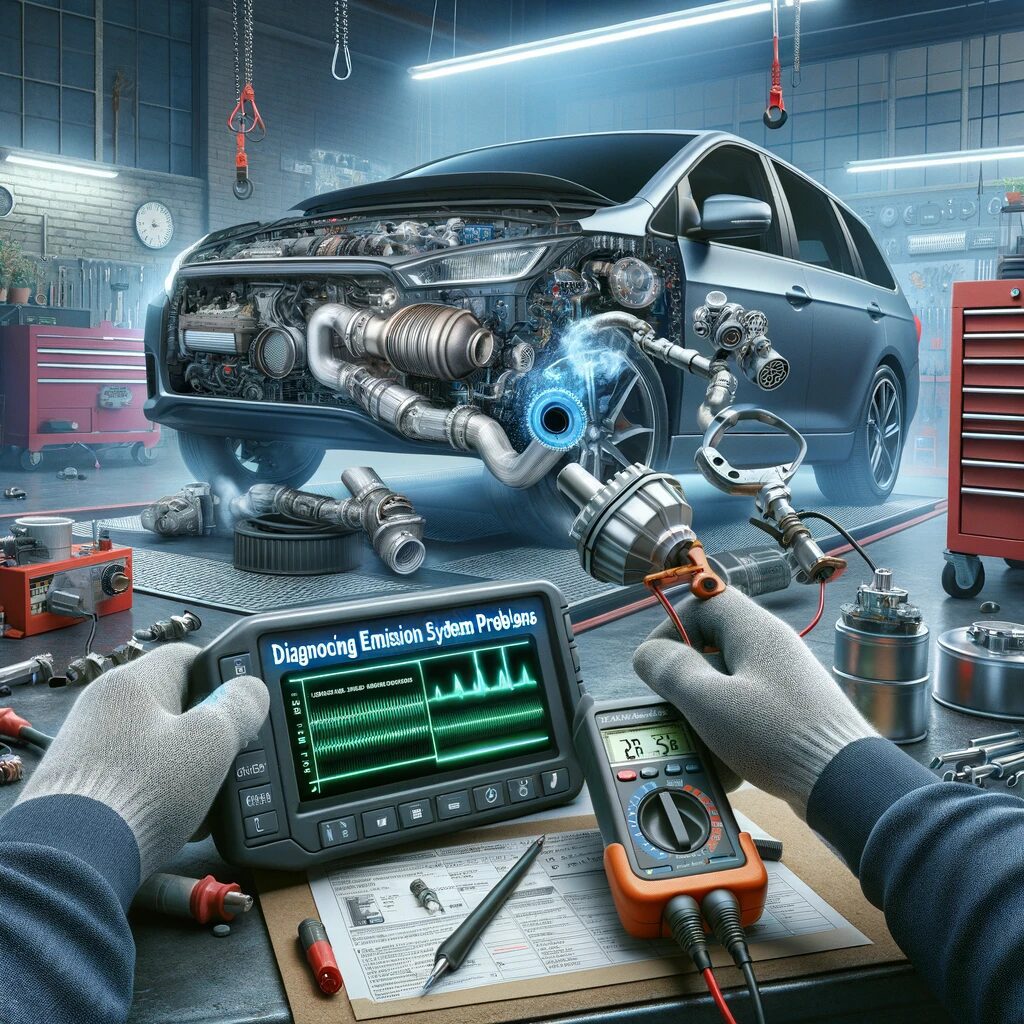
The first step in effective emission repair is accurately diagnosing the problem. Some common signs that your vehicle’s emission system may be malfunctioning include:
-
Illuminated check engine light:
This warning light can indicate a wide range of issues, including emission system problems.
-
Failed emissions test:
If your vehicle fails a routine emissions test, it’s a clear sign that repairs are necessary.
-
Reduced fuel efficiency:
Emission system malfunctions can lead to reduced fuel efficiency, as your engine has to work harder to compensate for the problem.
-
Rough idling or misfires:
Emission system issues can cause your engine to run roughly or misfire, indicating a need for repairs.
To diagnose emission system problems accurately, mechanics use a combination of visual inspections, computerized diagnostic tools, and manual testing procedures. By pinpointing the specific component or system that is malfunctioning, they can develop a targeted repair plan.
Common Emission System Repairs
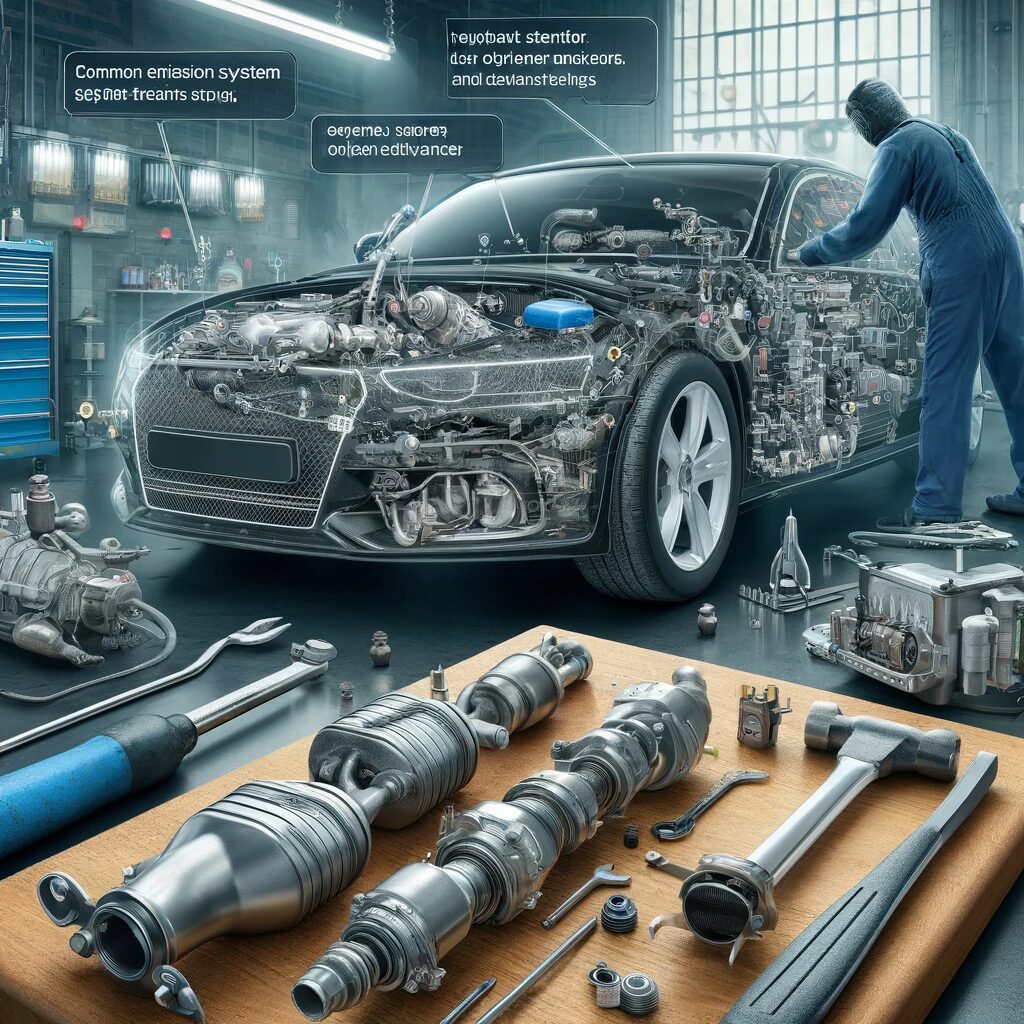
Once the underlying problem has been identified, expert mechanics employ a range of repair strategies to address emission system issues. Some common repairs include:
-
Catalytic converter replacement:
If your catalytic converter becomes clogged or damaged, it may need to be replaced to restore proper emissions control.
-
EGR valve cleaning or replacement:
Over time, the EGR valve can become clogged with carbon deposits, restricting its ability to regulate exhaust gas flow. Cleaning or replacing the valve can help restore proper function.
-
PCV valve replacement:
A malfunctioning PCV valve can cause increased oil consumption and emissions, so replacing it when necessary is important for maintaining a clean-running engine.
-
EVAP system repairs:
Leaks or clogs in the EVAP system can allow fuel vapors to escape, increasing emissions. Repairing or replacing damaged components can help restore proper function.
-
Oxygen sensor replacement:
Oxygen sensors monitor the exhaust gas composition and provide feedback to the engine management system. When they fail, they can cause increased emissions and reduced fuel efficiency, making timely replacement important.
By addressing these and other emission system issues promptly, you can help ensure that your vehicle runs as cleanly and efficiently as possible.
The Benefits of Regular Emission System Maintenance

While repairs are sometimes necessary to address specific emission system problems, regular maintenance can go a long way in preventing issues from developing in the first place. Some key maintenance tasks that can help keep your vehicle’s emission system functioning properly include:
-
Regular oil changes:
Using the correct grade of oil and changing it at the recommended intervals can help reduce engine wear and emissions.
-
Air filter replacement:
A clean air filter allows your engine to breathe more easily, promoting efficient combustion and reducing emissions.
-
Fuel system cleaning:
Over time, fuel injectors and other fuel system components can become clogged with deposits, leading to inefficient combustion and increased emissions. Regular fuel system cleaning can help maintain optimal performance.
-
Spark plug replacement:
Worn or fouled spark plugs can cause misfires and incomplete combustion, increasing emissions. Replacing them at the recommended intervals can help ensure clean, efficient operation.
By staying on top of these and other routine maintenance tasks, you can help prevent emission system problems from developing and keep your vehicle running cleanly and efficiently.
The Importance of Choosing the Right Mechanic
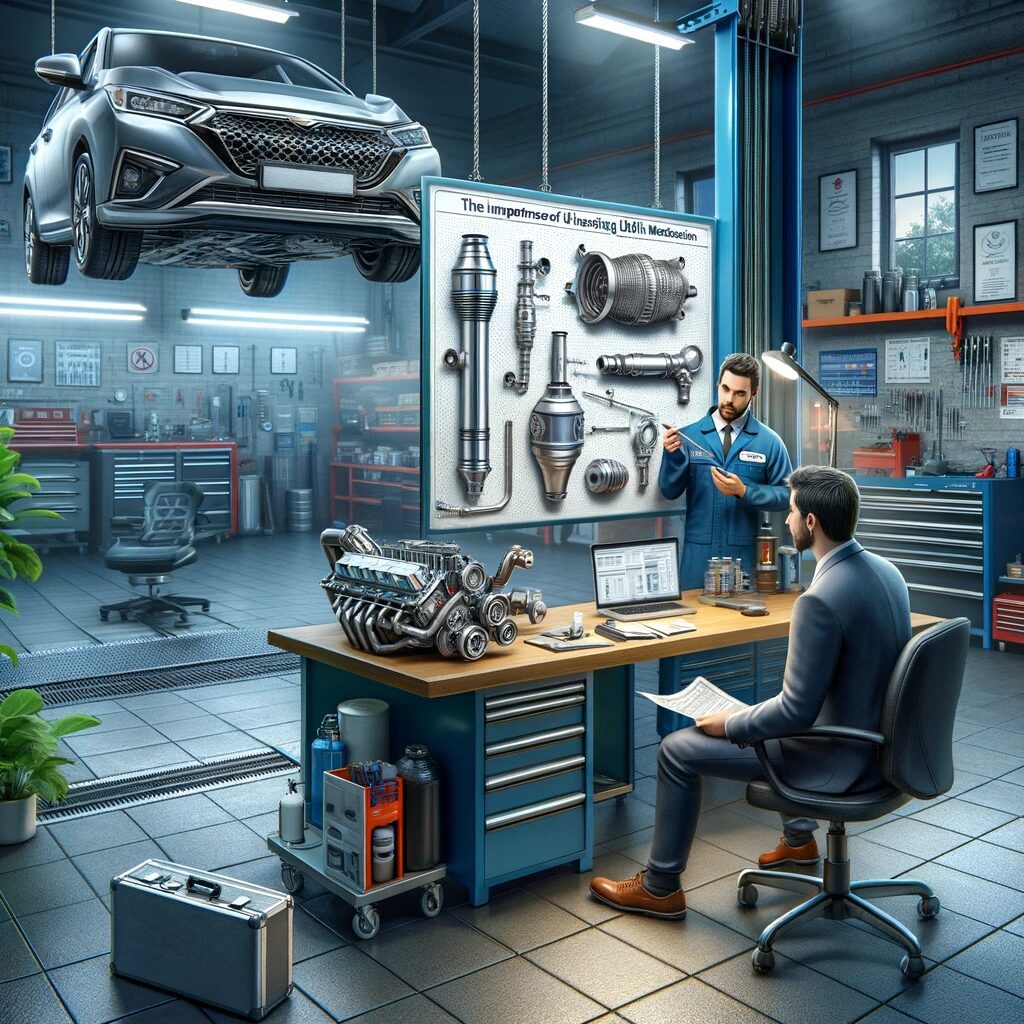
When it comes to emission system repairs, choosing a mechanic with the right expertise and equipment is crucial. Look for a mechanic or repair shop that:
- Is certified by organizations like ASE (Automotive Service Excellence) and has specific training in emission system diagnostics and repairs.
- Uses state-of-the-art diagnostic tools and equipment to accurately identify and address emission system issues.
- Follows manufacturer-recommended repair procedures and uses high-quality, OEM-grade replacement parts.
- Provides clear, honest communication and estimates, and stands behind their work with a warranty.
- Has a track record of successfully completing emission system repairs and helping vehicles pass emissions tests.
By selecting a trusted, experienced mechanic, you can ensure that your vehicle receives the expert care it needs to run as cleanly and efficiently as possible.
The Broader Benefits of Emission System Repairs
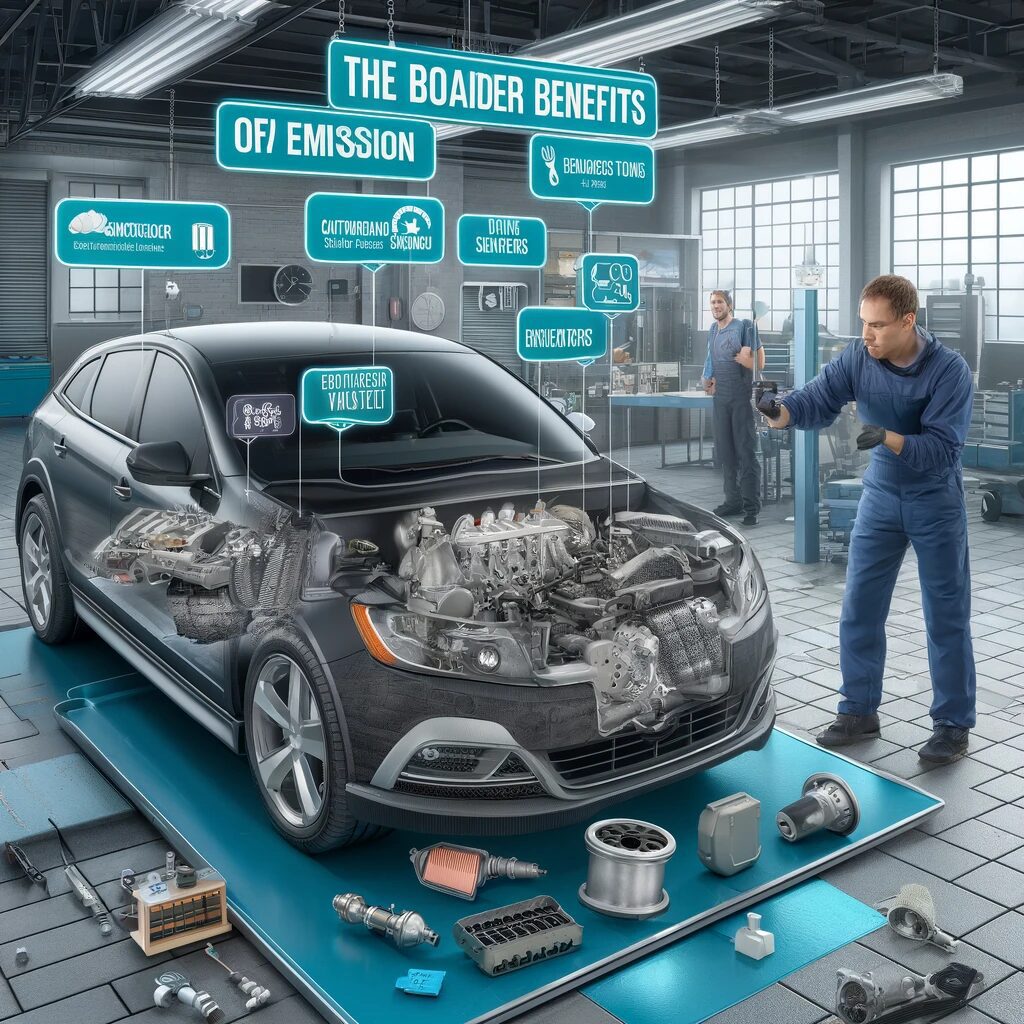
While the primary goal of emission system repairs is to reduce your vehicle’s environmental impact, there are also broader benefits to keeping your vehicle running cleanly and efficiently. These include:
-
Improved fuel economy:
A well-maintained emission system can help your vehicle achieve optimal fuel efficiency, saving you money at the pump.
-
Enhanced performance:
When your emission system is functioning properly, your engine can run more smoothly and efficiently, providing better overall performance.
-
Longer vehicle lifespan:
By reducing strain on your engine and other components, a clean-running emission system can help extend the life of your vehicle.
-
Compliance with regulations:
Keeping your vehicle’s emissions in check is not only good for the environment but also helps ensure compliance with increasingly strict air quality regulations.
-
Contribution to public health:
By reducing harmful emissions, you can help improve air quality and protect public health in your community and beyond.
In short, investing in expert emission system repairs not only benefits your vehicle and wallet but also contributes to a cleaner, healthier environment for everyone.
Conclusion

As we work towards a more sustainable transportation future, addressing vehicle emissions is a critical piece of the puzzle. By understanding how emission systems work, recognizing the signs of problems, and investing in expert repairs and maintenance, you can help ensure that your vehicle runs as cleanly and efficiently as possible. From catalytic converter replacements to regular tune-ups, there are a range of strategies that can help you clear the air and promote a greener transportation system. By choosing a trusted mechanic and staying on top of your vehicle’s emission system needs, you can enjoy the many benefits of a clean-running vehicle while doing your part to protect the environment and public health. So let’s all embrace the power of expert emission repairs and work together towards a cleaner, greener future, one vehicle at a time.
Metric Motors’ Expert Emission Repair Services

Don’t let failed emissions tests keep you off the road or negatively impact your vehicle’s performance. Trust Metric Motors‘ expert emission repair services to identify and resolve any issues, ensuring your vehicle passes the required testing with flying colors.
Visit our website today to learn more about our emissions testing services in Loveland, CO, and schedule an appointment at one of our convenient locations. We accept cash and all major credit cards for your convenience.
Keep your vehicle running efficiently and in compliance with Colorado’s emissions regulations. Choose Metric Motors for all your emission repair and testing needs in Loveland and throughout the state.
FAQ Section:
1: What are the key components of an internal combustion engine?
Pistons: Convert energy from burning fuel into mechanical energy.
Crankshaft: Converts the reciprocating motion of the pistons into rotational motion to drive the vehicle’s wheels.
Camshaft: Controls the opening and closing of engine valves for air and fuel intake and exhaust gas release.
Valves: Regulate the flow of air and fuel into the cylinders and exhaust gases out of the engine.
Spark Plugs: Ignite the air-fuel mixture in the cylinders, powering the engine.
2: What are common signs of engine trouble?
Check Engine Light: Indicates a range of issues from minor to serious.
Rough Idling: Stuttering, shaking, or stalling at idle may indicate fuel system, ignition system, or vacuum leaks.
Poor Acceleration: Lack of power or hesitation when accelerating can signal issues with the fuel system, air intake, or engine compression.
Unusual Noises: Knocking, ticking, or squealing noises may point to issues with bearings, valves, or other mechanical components.
Excessive Exhaust Smoke: Blue, black, or white smoke can signify problems with oil burning, fuel burning, or coolant leaks, respectively.
3: What are some common engine repair techniques?
Spark Plug Replacement: Addresses misfires, poor fuel economy, and rough running by replacing worn or fouled spark plugs.
Fuel System Cleaning: Removes deposits from fuel injectors and other components to improve fuel delivery and engine performance.
Timing Belt Replacement: Prevents serious engine damage by replacing a worn or stretched timing belt.
Valve Adjustment: Ensures optimal engine performance and prevents issues like rough idling or poor fuel economy.
Engine Overhaul: This involves disassembling the engine, replacing worn or damaged components, and reassembling it to restore proper function.
4: What preventive maintenance tasks can help keep my engine running smoothly?
Oil Changes: Regularly replace engine oil and filter to lubricate moving parts, reduce wear, and remove contaminants.
Air Filter Replacement: Ensures the engine receives clean air for efficient combustion and debris prevention.
Coolant Flush and Replacement: Maintains the health of the cooling system by replacing contaminated coolant.
Fuel System Maintenance: Periodic cleaning and filter replacement prevent clogs and ensure proper fuel delivery.
Timing Belt and Serpentine Belt Replacement: Prevents sudden belt failure and engine damage by replacing belts at recommended intervals.
5: How do I choose the right mechanic for engine repair?
Certification: Look for mechanics certified by organizations like ASE (Automotive Service Excellence) or AAA (American Automobile Association).
Experience: Ensure the mechanic has experience with your specific vehicle’s make and model.
Quality Parts and Equipment: Choose a mechanic who uses high-quality parts and equipment.
Communication: Opt for a repair shop that provides clear, honest communication and estimates.
Warranty: Select a mechanic who offers a warranty on their work for added peace of mind.





